Deck & Commander Strategies

Munda, Ambush Leader
Aggressively deploys allies to boost creatures via tribal synergies, leveraging haste and mentor abilities to apply early pressure and finish opponents quickly.

Seton, Krosan Protector
Ramp into large creatures and tokens using mana acceleration from creatures, aiming to dominate the board with overwhelming creature presence and synergy.
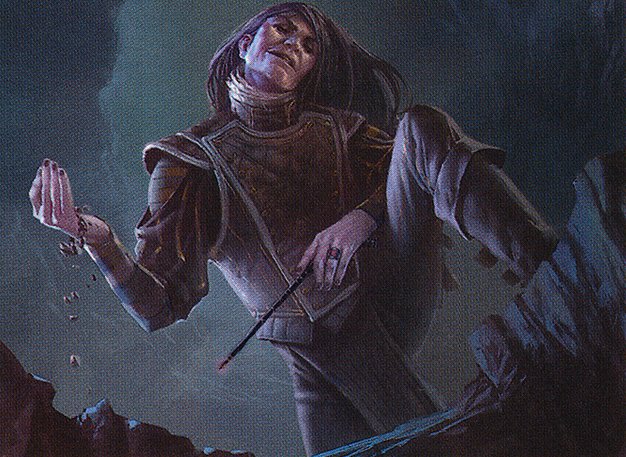
Mairsil, the Pretender
Utilizes exile mechanics to gain activated abilities from various artifacts and creatures, creating a flexible and unpredictable threat that adapts to the game state.
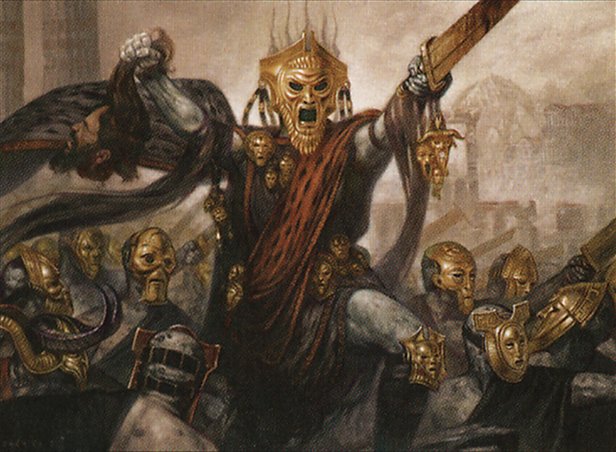
Tymaret, the Murder King
Focuses on sacrificing creatures and triggering death-related effects to deal damage and control the board, gradually wearing down opponents.
Gameplay Insights
- 1
The casting of Rolling Temblor served as a pivotal board wipe that cleared smaller creatures but left key threats alive, enabling a shift in board control.
- 2
Mairsil's ability to exile multiple artifact cards and gain their activated abilities transformed it into a versatile powerhouse, pressuring opponents on multiple fronts.
- 3
Players effectively used equipment like Darksteel Axe to enhance early aggressive creatures, balancing offense and defense through tactical blocking.
- 4
Incremental damage through combat and death triggers provided steady pressure, forcing opponents to make difficult decisions about blocking and trading creatures.
- 5
A temporary alliance was formed to avoid early elimination, showcasing diplomatic gameplay in a multiplayer janky EDH environment.
Notable Cards
-
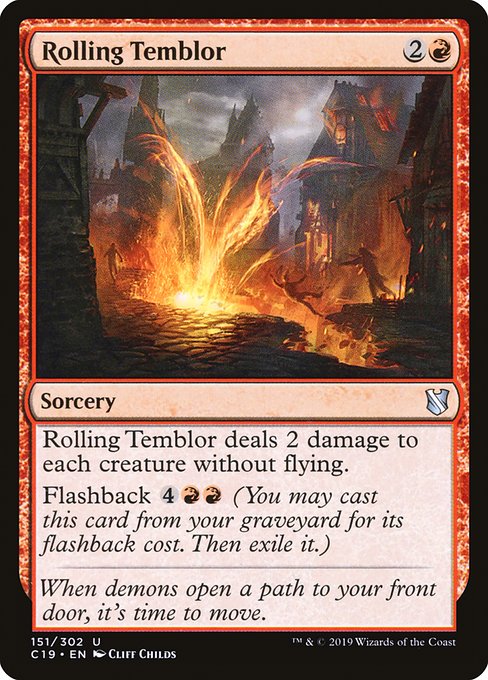
Rolling Temblor
-
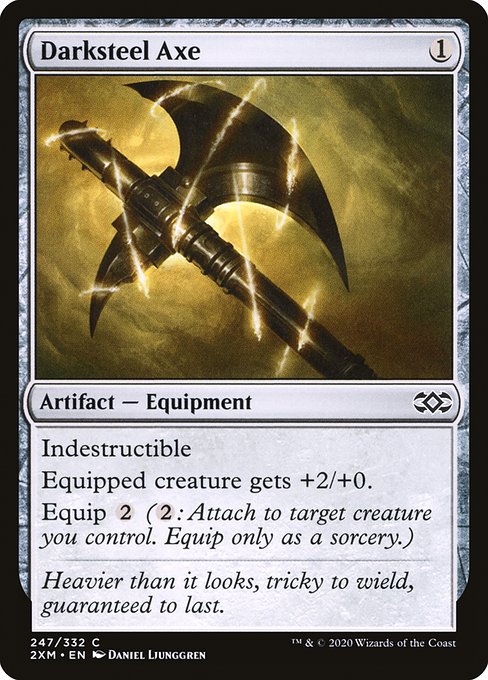
Darksteel Axe
-
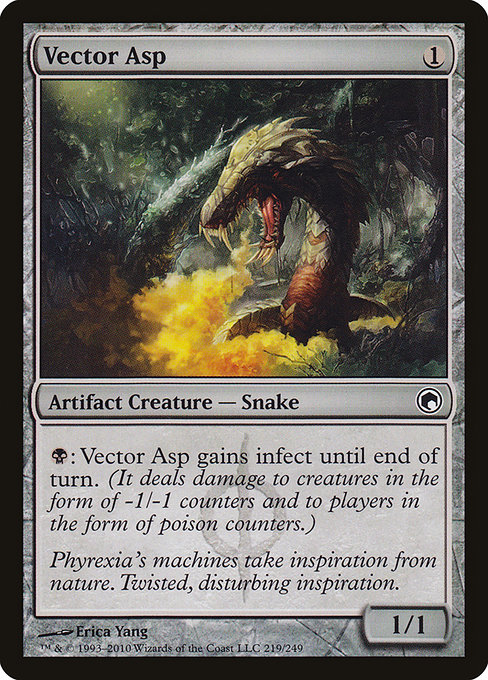
Vector Asp
-
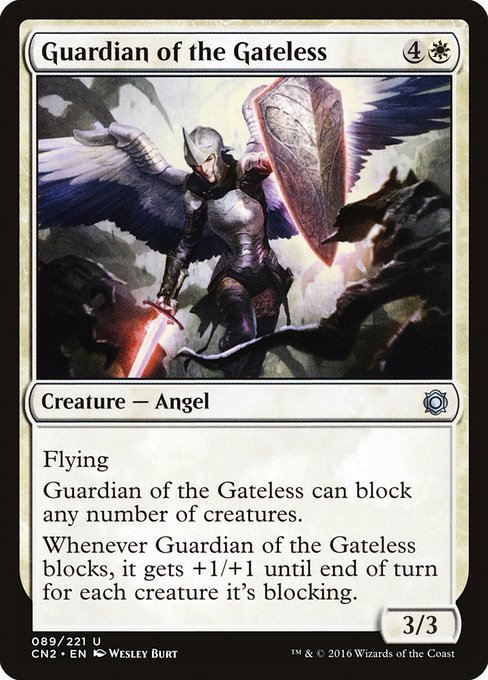
Guardian of the Gateless
-
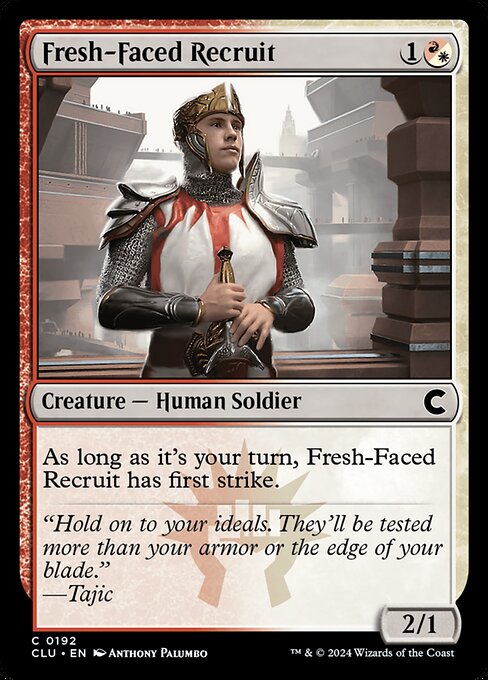
Fresh-Faced Recruit
-
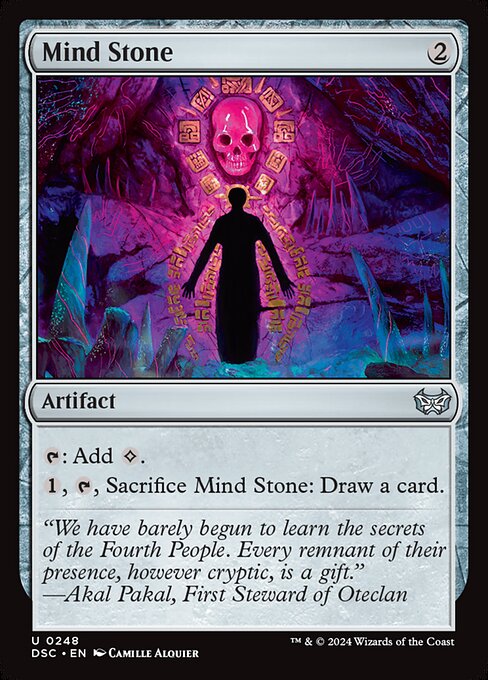
Mind Stone
Gameplay Summary
The game started with each player setting up their board carefully, focusing on synergistic interactions within their budget constraints.
Early on, green-based ramp and token strategies were evident, especially from the Seton player, who leveraged mana generation to cast impactful creatures and spells.
Munda, Ambush Leader's player focused on aggressive ally tribal synergy, trying to deploy creatures with haste and mentor abilities to pressure opponents quickly.
Meanwhile, Mairsil, the Pretender introduced a unique toolbox element, exiling artifact and creature cards to gain versatile activated abilities, increasing threat diversity.
Tymaret, the Murder King capitalized on sacrificing creatures and leveraging death triggers, aiming to whittle down opponents through incremental damage and board control. A key turning point occurred when the player controlling Mairsil strategically exiled powerful artifacts to gain multiple activated abilities, making Mairsil a versatile and dangerous threat.
Simultaneously, rolling temblor was cast, clearing smaller creatures but leaving resilient threats intact, allowing for a shift in board control.
Combat was a constant tug of war, with players carefully blocking and swinging to manage damage and preserve key creatures.
The game progressed with players trading blows and building their boards, while the synergy between creature abilities and equipment provided incremental advantages.
The win condition revolved around either overwhelming opponents with aggressive creature synergy or controlling the board through sacrifice and incremental damage, with the players navigating the janky budget restrictions to maximize their decks' potential.


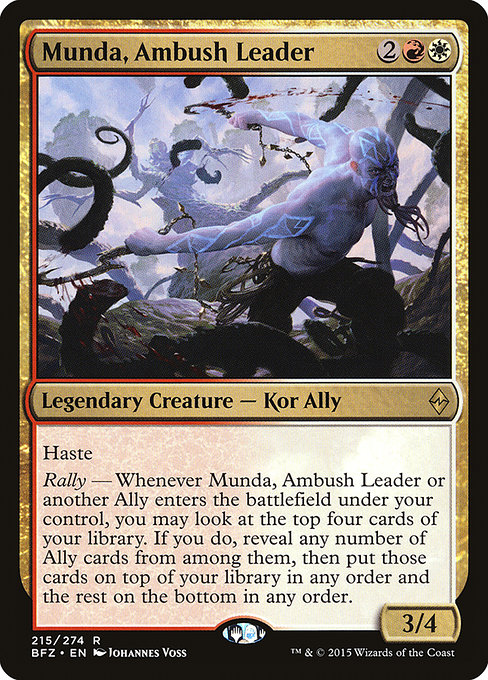
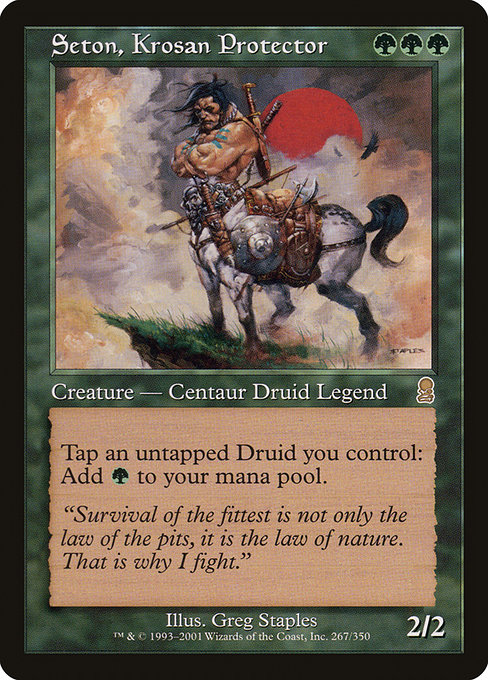



















![Commander VS S6E7: Thada Adel vs Xenagos vs Seton vs Atraxa [MTG] thumbnail](https://i.ytimg.com/vi/YH_1i08V2a8/sddefault.jpg)
![Commander Versus Series: Ixidor, Reality Sculptor v. Seton, Krosan Protector [Magic: the Gathering] thumbnail](https://i.ytimg.com/vi/JWfaE2na-R4/sddefault.jpg)














![Commander VS S12E10: Akiri & Silas Renn vs Yuriko vs Sasaya vs Mairsil [EDH] thumbnail](https://i.ytimg.com/vi/C8SzVjMHJ-s/sddefault.jpg)